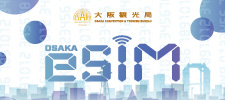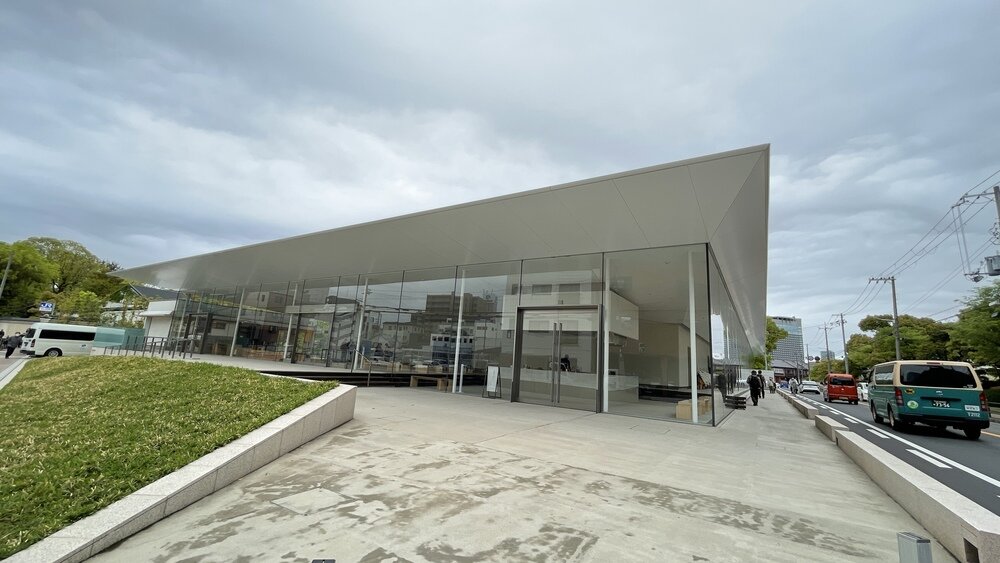高麗橋

東横堀川に架かる大阪初の鉄橋。現在の橋は1929年に架け替えられたものだが、欄干の擬宝珠や西詰にあった櫓屋敷を模した親柱が、橋の歴史を物語っている。
東横堀川に架かる高麗橋。豊臣の時代からあったといわれるこの橋の名の由来は、古代に朝鮮半島諸国の使節を迎えた「高麗館(こまのむろつみ)」があったからという説や、豊臣秀吉の大坂町割りの際、この辺に朝鮮半島との交易の拠点があったからという説などがある。江戸時代、公儀橋として橋の西詰には幕府の高札(幕府の法令などを知らせる掲示板)が立てられ、高麗橋筋には三井呉服店(現在の三越百貨店)や三井両替店などが建ち並び活気溢れていた。慶長年間(1596~1614)には、擬宝珠(ぎぼし)をもつ立派な橋だったとか。明治政府はこの高麗橋に道路の起終点を示す工作物である里程元標を置き、ここを西日本の道路の距離計算の起点と決めた。明治3年(1870)にはイギリスより輸入された鉄橋に大阪ではじめて架け換えられ、ガス灯によって黒々とした光沢を放つその壮観に当時の人々は驚き、「くろがね橋」との愛称で親しんだ。現在の橋は昭和4年(1929)に架け替えられた鉄筋コンクリート製のアーチ橋で、欄干の擬宝珠や西詰にあった櫓屋敷を模した親柱が、橋の歴史を物語っている。
基本情報
- アクセス
- 京阪本線「北浜駅」より徒歩4分
- 住所
- 〒 541-0043 大阪市中央区高麗橋1丁目~東高麗橋
- 電話番号
- 06-6615-6818(大阪市建設局道路部橋梁担当)
- Fax
- 06-6615-6582










